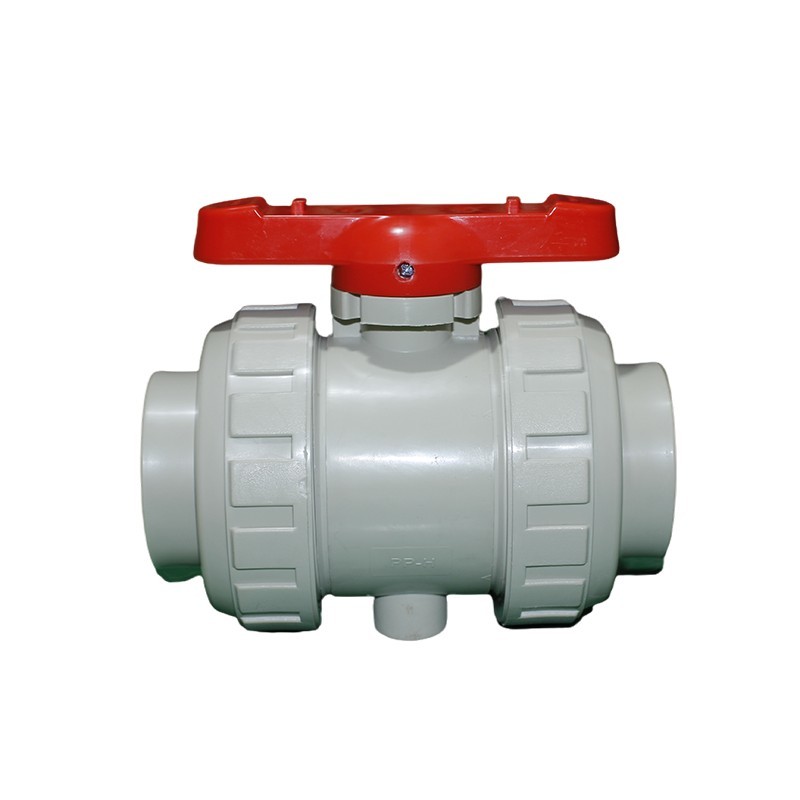Understanding PVDF Ball Type Check Valves: A Comprehensive Guide
2025-07

One of the primary advantages of PVDF ball type check valves is their excellent chemical resistance. PVDF is known for its strong resistance to acids, bases, and organic solvents, making it an ideal material for industries that deal with harsh chemicals, such as pharmaceuticals, chemical processing, and waste management. This durability ensures that the check valves maintain their integrity and performance over time, reducing the need for frequent replacements and maintenance.
The design of a PVDF ball type check valve typically includes a spherical ball that acts as the closure mechanism. When fluid flows in the intended direction, the ball lifts off its seat, allowing for smooth passage. Conversely, if there is any attempt at backflow, the ball is forced back onto the seat, effectively blocking the reverse flow. This simple yet effective mechanism ensures that the system operates safely and efficiently.
In terms of installation, PVDF ball type check valves are versatile and can be easily integrated into existing piping systems. They are available in various sizes and configurations, allowing for compatibility with different pipe diameters and flow rates. Proper installation is essential to maximize the functionality of these valves, and users are encouraged to follow manufacturer guidelines for optimal performance.
Aside from their chemical resistance, PVDF ball type check valves offer additional benefits, including lightweight construction and low maintenance requirements. This can lead to lower operational costs in the long run, as facilities can minimize downtime and the need for extensive repairs. Furthermore, the smooth operation of these valves reduces turbulence in the flow, which can enhance the overall efficiency of the system.
In summary, PVDF ball type check valves are a crucial element in many industrial applications, thanks to their chemical resistance, reliable operation, and ease of installation. By preventing backflow, these valves protect equipment and ensure that systems run smoothly. Whether you're involved in chemical processing, water treatment, or any other industry that requires precise fluid control, understanding the benefits and functionalities of PVDF ball type check valves can significantly enhance system performance and reliability.
RELATED INFORMATION
The Engineering Behind PVDF Non Return Valves: What You Need to Know
The Engineering Behind PVDF Non Return Valves: What You Need to Know Table of Contents 1. Introduction to PVDF Non Return Valves 2. What Are Non Return Valves? 3. Importance of Non Return Valves in Industrial Applications 4. Properties of PVDF: Why It Matters 4.1 Chemical Resistance 4.2 Temperature Resistance 4.3 Dur
Understanding PVDF Ball Type Check Valves: A Comprehensive Guide
PVDF (Polyvinylidene Fluoride) ball type check valves are critical components in various industrial applications, particularly within fluid handling systems. These valves are designed to allow fluid flow in one direction while preventing reverse flow, thus protecting equipment and ensuring system efficiency. Understanding their features and functionalities can help users make informed decisions ab


